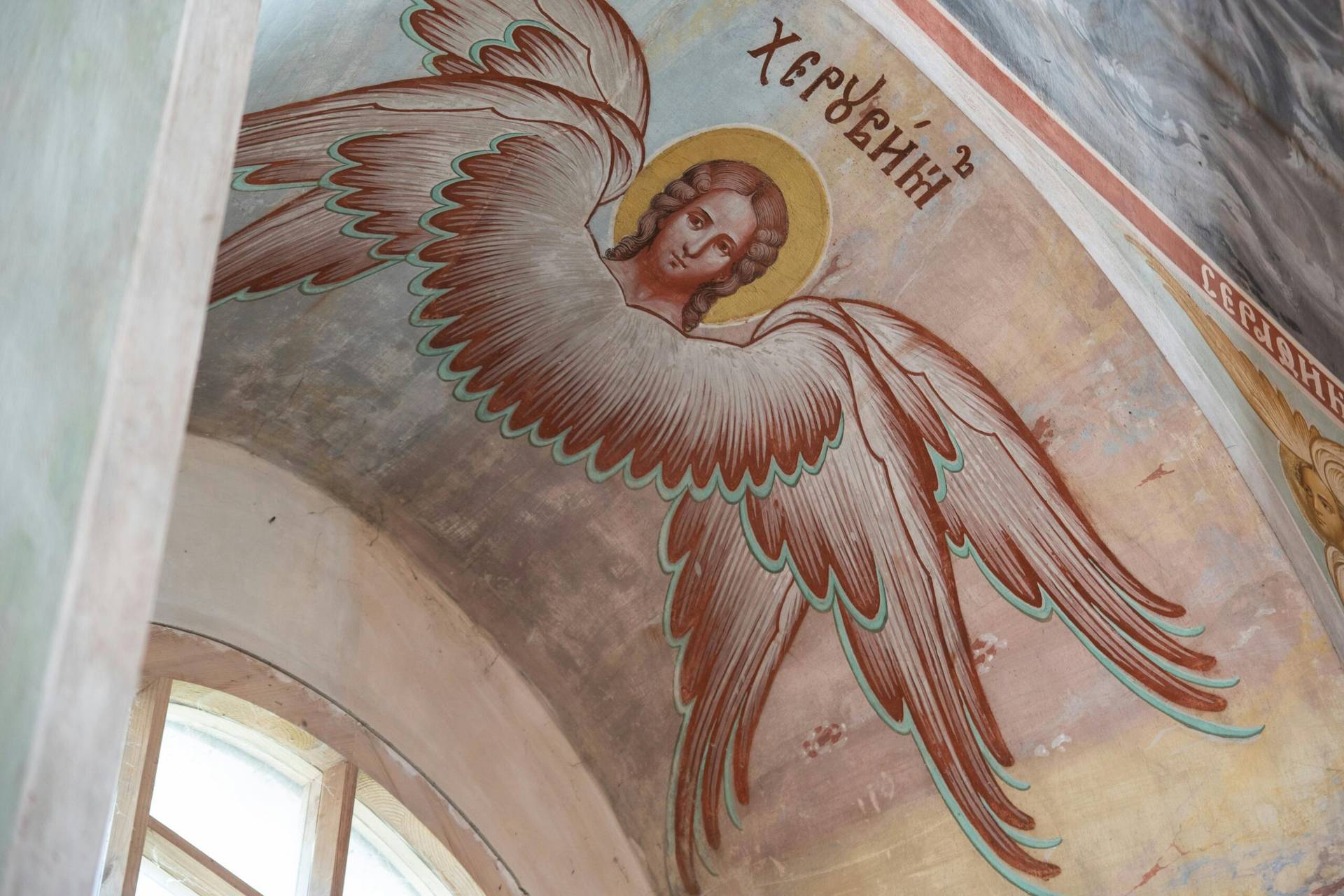By now, the story is familiar to hundreds of millions of people all over the world. A young boy crawled over a barrier and fell 15 feet into the water of a gorilla enclosure at a Cincinnati zoo. One of the primates, Harambe, dragged the boy out of the water.
Eyewitnesses disagree about the level of danger to the boy, but the episode ended with the 17-year-old gorilla being shot and killed.
The story has gone viral for lots of reasons. Some focused on the responsibility of the parents. Some focused on the shoot-first mentality of the zoo security staff, when they believed Harambe was protecting the boy. And some can’t believe we are spending this much time talking about an animal.
Commonweal contributor Anthony Annette noted that something “is very seriously wrong” when we talk about animals rather than the hundreds of migrants dying in the Mediterranean. Catholic blogger Matt Walsh called the killing of the “jungle beast” a “happy ending,” and castigated a culture which prioritizes animals over babies killed in abortion.
Is this the right response? Especially in a Catholic context?
A lot depends on how we think about “moral status.” Morally-speaking, what is Harambe?
Non-humans have significant moral value. God creates animals “good,” period, without any reference to human beings. The Catechism teaches that we “owe” animals “kindness.”
Church fathers insisted Christians shouldn’t attend Roman games where animals were being slaughtered. Sport hunting was expressly forbidden in many contexts.
This tradition would change with Vatican II. Gaudium et Spes, for instance, doesn’t even mention the word “animal,” and claims “believers and unbelievers alike” know that “all things on earth should be related to man as their center and crown.”
Popes since the council have engaged in some course correction.
Benedict XVI, shortly before becoming pope, insisted that factory farming animals in horrible conditions is not Biblical. St. John Paul II promulgated the new Catechism, with the strong language mentioned above.
Pope Francis’ Laudato Si’ not only insists that animals will be part of the new creation of the Kingdom of God, but also that the “pierced heart” of the Blessed Mother grieves for the sufferings of “the creatures of this world laid waste by human power.”
But Laudato Si risks collapsing “creatures” together into an indistinguishable mass. Are there no moral distinctions to be made between stalactites, dandelions, mosquitos, rats, pigs, and gorillas?
The tradition’s moral distinction between persons and non-persons loom large in answering this question. Grounding himself in Scripture’s claim that humans are made “lower than the angels,” Thomas Aquinas argued that humans are actually the lowest kinds of persons on the hierarchy—ranking below angels and demons.
Christian tradition speaks of creatures with cynocephaly, the bodies of humans and the heads of dogs, which are taken to exist as a matter of course. (St. Christopher was thought to suffer from this condition until the Christ-child healed him. Some icons show him with the head of a dog.)
Genesis speaks of non-human “giants” which roamed the earth. There is even good theological work being done on what the tradition has thought of the possibility of non-human persons on other planets.
What unites all these creatures? The Church appeals to Boethius’ concept of “an individual substance of a rational nature.”
Could Harambe be an individual substance of a rational nature?
For many, the answer is “obviously yes.” Gorillas are some of the most sophisticated non-human creatures around. Not only can they learn to communicate using hundreds of words of American sign-language, they can teach their children to do so.
They literally weep and sob over the death of their pets. Like elephants and dolphins, they demonstrate self-awareness by recognizing themselves in a mirror.
These are sophisticated traits. Does it indicate Harambe is a substance of a rational nature? For Aquinas, rationality required the capacity to know and love God, and (as far as we know) Harambe has not demonstrated an explicit ability to do this.
But Catholic theology gives human animals with no explicit relationship with God the benefit of the doubt—claiming they can know and love God implicitly by following the moral dictates of their conscience. Should we give non-human animals a similar benefit of the doubt?
The answer to this question is very complex. Non-human animals like Harambe seem to have moral emotions like empathy and outrage, and animal researchers like Mark Beckoff argue many employ concepts like justice and fairness.
Regardless of whether this technically qualifies as personhood, non-human animals like Harambe have a moral status approaching that of personhood. This is a high moral status, worthy of significant attention, especially given the fact that we often treat such animals as mere things to be used and thrown-away.
Indeed, if it isn’t to be subjugated to the right/left binary of the culture wars, Pope Francis’ prescient calling out of the throw-away culture must be engaged across a range of issues.
Whenever the voiceless and vulnerable — those whose moral value is inconvenient to recognize — are violently discarded by our culture, the Church is called to stand for the least among us. This is true when it comes to prenatal children, and it’s true when it comes to migrants.
And, yes, it is true when it comes to many non-human animals.















